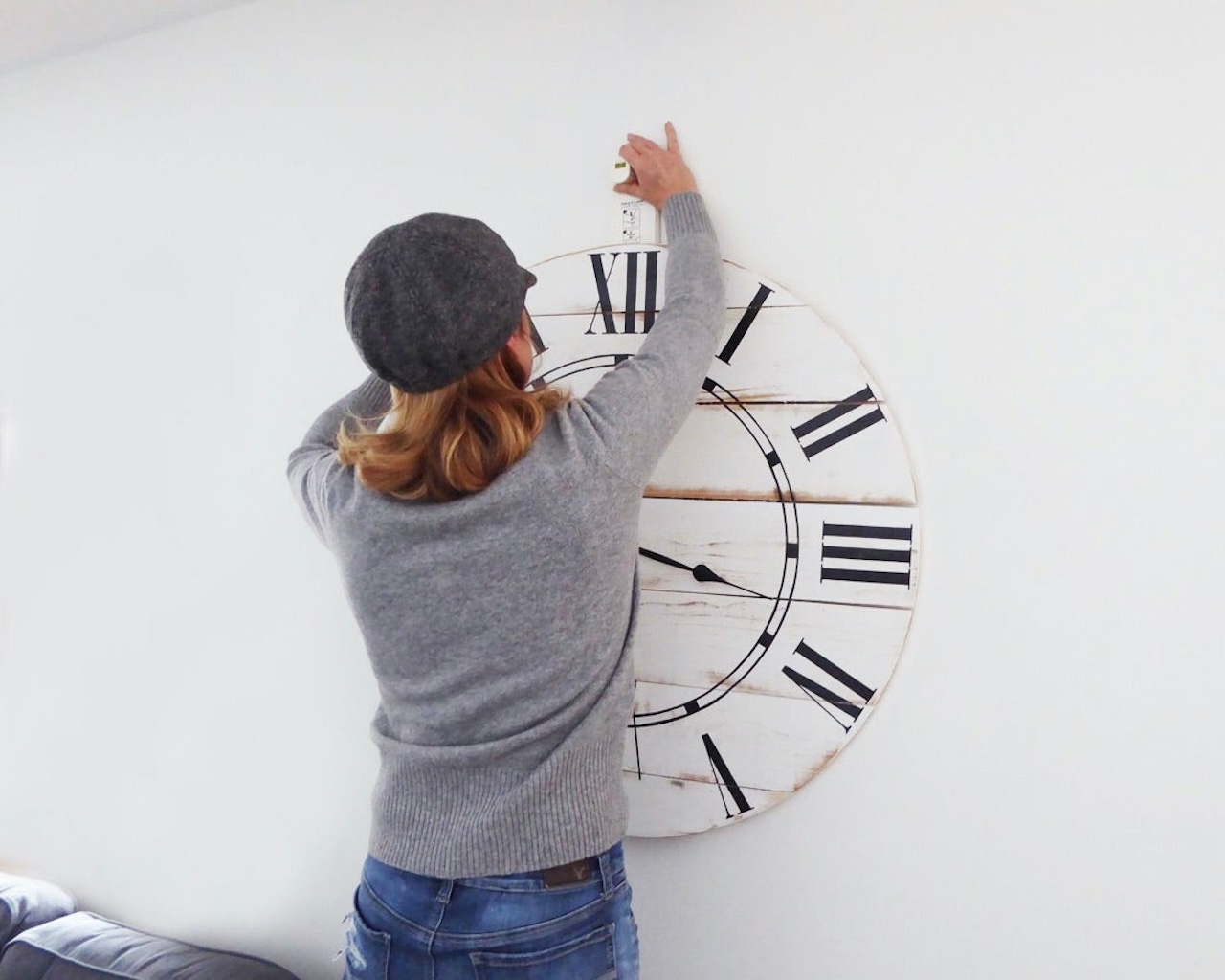

Articles
How To Hang A Wall Clock
Modified: February 24, 2024
Learn how to hang a wall clock with our informative articles. Step-by-step guides and expert tips for a seamless installation.
(Many of the links in this article redirect to a specific reviewed product. Your purchase of these products through affiliate links helps to generate commission for Storables.com, at no extra cost. Learn more)
Introduction
Having a wall clock in your home or office not only serves a functional purpose but also adds a touch of style and personality to your space. A well-placed wall clock can be a great focal point and can enhance the overall aesthetic appeal of a room. However, hanging a wall clock properly requires careful consideration and execution to ensure its stability and longevity.
In this article, we will guide you through the steps of hanging a wall clock with precision and ease. Whether you’re a DIY enthusiast or a beginner, this guide will provide you with the necessary knowledge and techniques to successfully hang a wall clock and create a visually pleasing display.
Before you begin the installation process, it’s important to determine the best placement for your wall clock. Factors such as room size, wall height, visibility, and overall interior design should be taken into consideration. Additionally, consider the size and weight of the clock, as this will influence the hanging method and hardware you’ll need.
Once you’ve determined the perfect spot, gather the necessary tools and materials. This may include a drill with different drill bits, a screwdriver, wall anchors, screws, measuring tape, a level, and a pencil. Having these tools ready will ensure a smooth installation process.
Before hanging the wall clock, it’s important to prepare the wall surface. Ensure the wall is clean and free from any dust or debris. If necessary, wipe the surface with a damp cloth to remove any dirt or grime. This will help the clock adhere properly and prevent any damage to the wall.
Next, mark the placement of the wall clock using a pencil. Measure the desired height and mark a small dot on the wall. You can use a measuring tape or a level to ensure accuracy. To create a guide for hanging, measure the distance between the hanging hardware on the back of the clock and the top of the clock. Mark this measurement on the wall, ensuring it aligns with the initial dot.
Now it’s time to install the hanging hardware. Depending on the weight and size of the clock, you may need to use wall anchors for added support. Carefully drill pilot holes into the marked spots on the wall using an appropriate drill bit size for the hardware.
Once the pilot holes are drilled, insert the wall anchors securely into the holes. Place the hanging hardware over the anchors and use a screwdriver to attach it to the wall. Ensure the hardware is tightly secured to provide adequate support for the clock.
With the hanging hardware installed, it’s time to hang the wall clock. Carefully lift the clock and align the hanging hardware on the back of the clock with the hardware on the wall. Gently slide the clock onto the hardware and ensure it hangs securely in place.
After hanging the clock, it’s important to adjust and level it. Use a level to ensure the clock is straight and adjust it as necessary. This will ensure the clock hangs evenly and prevents any potential damage or instability.
Finally, finalize the installation by double-checking the stability of the wall clock. Give it a gentle push or tap to ensure it hangs securely and doesn’t wobble. Make any necessary adjustments to ensure the clock is stable and doesn’t pose a safety risk.
By following these steps, you can confidently hang a wall clock and create an eye-catching display in any room. Remember to take your time, measure accurately, and ensure the clock is securely fastened to the wall. With proper installation, you can enjoy the functionality and aesthetic appeal of your wall clock for years to come.
Now, let’s jump into the detailed steps to help you hang your wall clock with precision and ease.
Key Takeaways:
- Precision and Care: Hanging a wall clock requires attention to detail and patience. By determining ideal placement, gathering tools, and following installation steps, you can create a visually appealing and functional display.
- Aesthetic Appeal and Functionality: Properly hanging a wall clock enhances the overall ambiance of a room. From preparing the wall to finalizing the installation, attention to detail ensures a stable and visually pleasing display.
Read more: How To Hang A Pendulum Wall Clock
Determine the Placement
Before you start hanging your wall clock, it’s crucial to determine the ideal placement for it. The right placement can make a significant difference in the overall aesthetic appeal and functionality of the clock. Here are some factors to consider when determining the placement:
- Room Size: Take into account the size of the room where you plan to hang the clock. A larger room may require a larger clock to maintain visual balance.
- Wall Height: Consider the height of the wall where you want to hang the clock. If the wall is particularly tall, you may want to opt for a larger clock to fill the vertical space effectively.
- Visibility: Think about the visibility of the clock from different areas of the room. Ensure that the clock is easily readable from the main seating areas and doesn’t get obstructed by furniture or other objects.
- Interior Design: Consider the overall interior design and style of the room. The clock should complement the existing decor and blend harmoniously with the color scheme and theme.
- Functional Purpose: Determine the primary purpose of the clock. Is it mainly for decorative purposes or to serve as a functional timepiece? This will help you decide on the size and location of the clock.
Once you have taken these factors into account, you can evaluate different areas in the room that meet your criteria. Common locations for hanging a wall clock include:
- Focal Point: Consider placing the clock on a wall that serves as a focal point in the room. For example, above a fireplace, behind the main seating area, or opposite the entryway.
- Empty Wall Space: Look for a blank wall that has enough space to accommodate the size of the clock. Make sure the wall doesn’t have any obstructions such as windows, doors, or artwork.
- Main Living Areas: Hang the clock in a central area of the room where it will be easily visible and accessible. This could be the living room, dining area, or kitchen.
- Bedroom: Consider hanging the clock in the bedroom, preferably on a wall facing the bed or in a spot where it can be easily seen when waking up or getting ready for the day.
Keep in mind that the placement of the clock is ultimately a personal preference. Consider your own style and taste, and choose a location that will bring you joy and be a perfect fit for your space.
By carefully determining the placement of your wall clock, you can create a visually appealing and functional display that enhances the overall ambiance of the room.
Gather the Tools and Materials
Before you begin the process of hanging your wall clock, it’s essential to gather all the necessary tools and materials. Having everything prepared in advance will save you time and make the installation process much smoother. Here’s a list of the tools and materials you’ll need:
- Drill: A drill will be necessary for creating pilot holes in the wall for the hanging hardware. Make sure the drill is charged and equipped with the appropriate drill bits.
- Screwdriver: Depending on the type of hanging hardware you’ll be using, you may need a screwdriver to attach the hardware to the wall. Check if you need a flathead or Phillips head screwdriver.
- Wall Anchors: If you’re hanging a heavier wall clock, it’s advisable to use wall anchors for added support. Choose wall anchors that are suitable for the weight of your clock and the type of wall you have.
- Screws: Ensure you have screws that are compatible with the wall anchors and the hanging hardware you’ll be using. The length of the screws should be sufficient to securely fasten the hanging hardware to the wall.
- Measuring Tape: A measuring tape will come in handy to determine the precise placement of the clock on the wall. Use it to measure the height, width, and distance between the hanging hardware on the back of the clock.
- Level: A level is essential for ensuring the clock hangs straight on the wall. This will prevent any tilting or unevenness once the clock is installed.
- Pencil: Use a pencil to mark the placement of the clock on the wall and create a guide for hanging. It’s recommended to use a light-colored pencil to ensure the marks are easily visible but can be easily erased if needed.
- Cleaning Cloth: Before installing the clock, it’s important to clean the wall surface to remove any dirt, dust, or debris. Have a clean, damp cloth on hand to wipe down the wall before installation.
Make sure all your tools and materials are in good condition and easily accessible. Keep in mind that these may vary depending on the specific hanging hardware and the weight of your wall clock. It’s always better to have extra screws and anchors on hand in case you need them.
By gathering all the necessary tools and materials beforehand, you’ll be well-prepared to hang your wall clock efficiently and with precision. This will ensure a successful installation and help maintain the stability and longevity of your clock.
Prepare the Wall
Before you hang your wall clock, it’s important to prepare the wall surface properly. Taking the time to prepare the wall will ensure a secure and long-lasting installation. Follow these steps to prepare the wall:
Step 1: Clean the Wall
Start by cleaning the wall surface where you plan to hang the clock. Use a clean, damp cloth to wipe away any dirt, dust, or grime. This will ensure that the clock adheres properly to the wall and prevents any damage to the surface.
Step 2: Check the Wall Condition
Inspect the wall for any cracks, holes, or other imperfections. It’s important to address any wall repairs before hanging the clock. Fill in any holes or cracks with spackling paste, and use sandpaper to smooth out the patched areas. Allow the spackling paste to dry and then sand it down until it’s flush with the wall surface.
Step 3: Paint or Touch-up
If necessary, consider painting or touching up the wall surface before installing the clock. This is especially important if you have made any repairs or if the wall color doesn’t match the overall aesthetic of the room. Choose a paint color that complements the clock and the rest of the decor in the space.
Step 4: Determine the Hanging Surface
Identify the type of wall surface you have. Is it drywall, plaster, concrete, or another material? This will determine the type of wall anchors or screws you’ll need for the installation. Ensure you have the appropriate hardware to securely hang the clock on your particular wall surface.
Step 5: Find a Stud (Optional)
If you’re hanging a heavier wall clock, it’s recommended to locate a wall stud to provide additional support. Use a stud finder to locate the studs in the wall. Once located, mark the position of the studs on the wall. This will help you determine the placement of the hanging hardware for maximum stability.
By taking the time to properly prepare the wall, you’ll ensure a solid and secure mounting surface for your wall clock. This will help prevent any damage to the wall and ensure the clock stays securely in place for years to come.
Mark the Placement and Make a Guide
Once you have determined the ideal placement for your wall clock and prepared the wall surface, it’s time to mark the exact placement and create a guide for hanging. This will help ensure that the clock is positioned accurately and hangs straight on the wall. Follow these steps to mark the placement and make a guide:
Step 1: Measure and Mark the Height
Using a measuring tape, determine the desired height at which you want the clock to be hung. Measure from either the floor or a specific reference point, such as a piece of furniture or a defined line on the wall. Once you have decided on the height, mark it with a small pencil dot on the wall.
Step 2: Measure and Mark the Distance
To ensure proper positioning of the clock on the wall, measure the distance between the hanging hardware on the back of the clock. Using a measuring tape, measure the vertical distance between the top of the clock and the hanging hardware. Make sure to account for any wire or other hanging mechanisms. Transfer this measurement onto the wall from the initial pencil dot you made, creating another small dot.
Step 3: Create the Guide
Connect the two marked dots on the wall using a straight edge, such as a ruler or a level. This line will serve as a guide for positioning the clock and ensure that it hangs straight. Use a pencil to lightly draw the line, making it visible but easily erasable if needed.
Step 4: Double-Check the Placement
Stand back and take a look at the marked placement and the guide on the wall. Ensure that it aligns with your intended placement and that it visually fits well within the space. Make any adjustments if necessary before proceeding to the next steps.
By marking the precise placement of the clock and creating a guide on the wall, you’ll have a visual reference point for hanging the clock. This will help you achieve accurate positioning and ensure that the clock is aligned and level on the wall.
When hanging a wall clock, use a level to ensure it is straight. Measure the distance from the top of the clock to the hanging point, and mark the wall accordingly. Use a sturdy hook or nail to hang the clock securely.
Read more: How High To Hang Wall Clock
Install the Hanging Hardware
Now that you have marked the placement and created a guide for hanging your wall clock, it’s time to install the hanging hardware. The type of hanging hardware you choose will depend on the weight and size of your clock, as well as the type of wall surface you have. Follow these steps to install the hanging hardware:
Step 1: Gather the Necessary Hardware
Ensure you have the appropriate hardware for your clock and wall. This may include wall anchors, screws, hooks, or other hanging devices. Refer to the manufacturer’s instructions for the specific hardware needed for your clock.
Step 2: Measure and Mark the Position of the Hardware
Using the guide you created on the wall, measure and mark the position where the hanging hardware will be installed. Consider the size and weight of your clock when determining the spacing between the hardware. For heavier clocks, it’s a good idea to align the hardware with wall studs for added support.
Step 3: Drill Pilot Holes
If necessary, use a drill and an appropriate drill bit to create pilot holes for the wall anchors or screws. The size of the pilot hole should match the size of the wall anchors or screws you’re using.
Step 4: Insert Wall Anchors or Screws
If you’re using wall anchors, insert them into the pilot holes until they are flush with the wall surface. If you’re using screws directly into the wall, screw them into the pilot holes until they are firmly secured. Make sure the wall anchors or screws are aligned with the marked positions on the wall.
Step 5: Attach the Hanging Hardware
Once the wall anchors or screws are in place, attach the hanging hardware to the wall. This may be a hook, a bracket, or any other type of hardware that is compatible with your clock. Follow the manufacturer’s instructions for proper installation.
Step 6: Ensure Stability and Support
Before proceeding to hang the clock, test the stability and strength of the hanging hardware. Gently pull on it to ensure it is securely fastened to the wall. Wiggle it slightly to check for any movement or weakness. Make any necessary adjustments to ensure the hardware provides adequate support for your clock.
By following these steps, you’ll install the appropriate hanging hardware for your wall clock. This will ensure that the clock is securely mounted and will provide a stable and long-lasting display on your wall.
Hang the Wall Clock
With the hanging hardware securely installed, it’s time to hang your wall clock. Follow these steps to ensure a proper and secure installation:
Step 1: Prepare the Clock
Before hanging the clock, ensure that it is properly prepared. Remove any protective covering or packaging from the clock. If there are any wires or hanging mechanisms on the back of the clock, make sure they are untangled and ready for hanging.
Step 2: Lift and Align
Carefully lift the clock and align the hanging hardware on the back of the clock with the hardware on the wall. Make sure the hardware on the clock securely hooks onto the hardware on the wall. Use caution and avoid any sudden movements that could potentially damage the clock or the wall.
Step 3: Slide Onto the Hardware
Gently slide the clock onto the hanging hardware until it is fully seated. Ensure that the clock is balanced and securely attached to the wall. Take a step back to assess the positioning of the clock and make any adjustments if necessary.
Step 4: Check Stability
After hanging the clock, give it a gentle push or tap to ensure it hangs securely and doesn’t wobble. Test the stability by gently nudging the clock from different angles. If the clock feels unstable or unbalanced, reposition it on the wall or adjust the hanging hardware as needed.
Step 5: Verify Alignment
Use a level to verify that the clock is hanging straight on the wall. Gently adjust the position of the clock if needed to achieve proper alignment. This will ensure that the clock hangs evenly and presents a visually pleasing appearance.
Step 6: Step Back and Assess
Take a step back and assess the overall look of the wall clock. Make sure it is positioned at the desired height and in a location that enhances the room’s aesthetic. Pay attention to the spacing around the clock and its relationship with other decorative elements in the room.
By following these steps, you can confidently hang your wall clock and enjoy its presence as a functional and decorative piece in your space. Remember to take your time and make adjustments as needed to achieve the perfect placement and appearance.
Adjust and Level the Clock
After hanging your wall clock, it’s important to take the time to adjust and level it. Properly adjusting and leveling the clock will help ensure that it hangs straight on the wall and provides a visually pleasing display. Follow these steps to adjust and level your wall clock:
Step 1: Assess the Alignment
Stand back and visually assess the alignment of the clock. Look for any tilting or unevenness. Take note of any adjustments that need to be made.
Step 2: Use a Level
Place a level horizontally or vertically on the clock to check its alignment. Adjust the clock as necessary to ensure it is level. The bubble in the level should be centered to indicate a balanced position.
Step 3: Make Vertical Adjustments
If the clock is not level vertically, gently lift the clock and make small adjustments to the hanging hardware. This will help level the clock and ensure it hangs evenly on the wall.
Step 4: Make Horizontal Adjustments
If the clock is not level horizontally, gently slide the clock from side to side to make small adjustments. Keep checking with a level until the clock is horizontally level.
Step 5: Test for Stability
Give the clock a gentle push or tap to test its stability. Ensure that it hangs securely and doesn’t wobble. Make any additional adjustments as needed to enhance stability.
Step 6: Step Back and Reassess
Take a step back and assess the clock’s alignment and levelness once again. Ensure that it appears visually balanced and creates a harmonious display on the wall.
By taking the time to adjust and level your wall clock, you can ensure that it hangs straight and presents a visually appealing appearance. A level clock not only enhances the overall aesthetic of the room but also demonstrates your attention to detail and craftsmanship.
Finalize the Installation
Once you have adjusted and leveled your wall clock, it’s time to finalize the installation to ensure its stability and longevity. Follow these steps to complete the final touches:
Step 1: Confirm the Stability
Gently give the clock a final push or tap to ensure it hangs securely on the wall. Check for any excessive movement or instability. If the clock feels loose or wobbly, make any necessary adjustments to the hanging hardware to improve stability.
Step 2: Double-Check the Levelness
Use a level to verify that the clock is still level after making adjustments. Check it both horizontally and vertically to ensure its alignment. Make any additional fine adjustments if necessary.
Step 3: Secure Loose Components
Check all the components of the clock, including hands, numbers, or any other decorative elements. Ensure that everything is securely fastened and there are no loose or wiggling parts. Tighten any screws or fasteners as needed to ensure the clock’s durability.
Step 4: Clear Up Any Debris
After the installation is complete, take a moment to clean up any debris or markings on the wall or surrounding area. Wipe away any pencil marks or dust that may have accumulated during the installation process. This will leave your wall clock looking pristine and the surrounding space tidy.
Step 5: Enjoy Your Wall Clock
With the installation finalized, step back and admire your wall clock. Take a moment to appreciate how it enhances the space and adds a touch of style and functionality. Enjoy the beauty and practicality that your wall clock brings to your home or office.
By finalizing the installation, you can ensure that your wall clock is securely mounted and will provide years of enjoyment. A well-installed and properly adjusted clock will not only serve as a timekeeping device but also make a statement as a decorative piece in your space.
Read more: How To Hang A Heavy Wall Clock Without Nails
Conclusion
Hanging a wall clock may seem like a simple task, but taking the time to do it properly can elevate the functionality and aesthetic appeal of your space. By following the steps outlined in this guide, you can successfully hang a wall clock with precision and ease.
Start by determining the ideal placement for your clock, considering factors such as room size, wall height, visibility, and interior design. Gather the necessary tools and materials, including a drill, screwdriver, wall anchors, screws, measuring tape, level, and pencil. Preparing the wall surface by cleaning it and addressing any repairs ensures a solid foundation for the clock.
Mark the placement of the clock on the wall and create a guide for hanging to ensure accurate positioning. Install the appropriate hanging hardware, taking into account the weight and size of the clock and the type of wall surface. Hang the clock carefully, making sure to align the hardware on the clock with the hardware on the wall. Adjust and level the clock using a level to ensure a balanced and visually pleasing display.
Finally, double-check the stability and finalize the installation by making any necessary adjustments, securing loose components, and cleaning up any debris. Step back and appreciate your beautifully hung wall clock, knowing that it has been installed with precision and care.
Remember, the process of hanging a wall clock requires attention to detail and patience. By following these guidelines, you can create a focal point in your room and enjoy the functionality and charm that a well-placed wall clock brings.
So go ahead, confidently hang your wall clock and let it serve not only as a practical timekeeping device but also as a stunning decorative piece that adds personality and style to your space.
Frequently Asked Questions about How To Hang A Wall Clock
Was this page helpful?
At Storables.com, we guarantee accurate and reliable information. Our content, validated by Expert Board Contributors, is crafted following stringent Editorial Policies. We're committed to providing you with well-researched, expert-backed insights for all your informational needs.
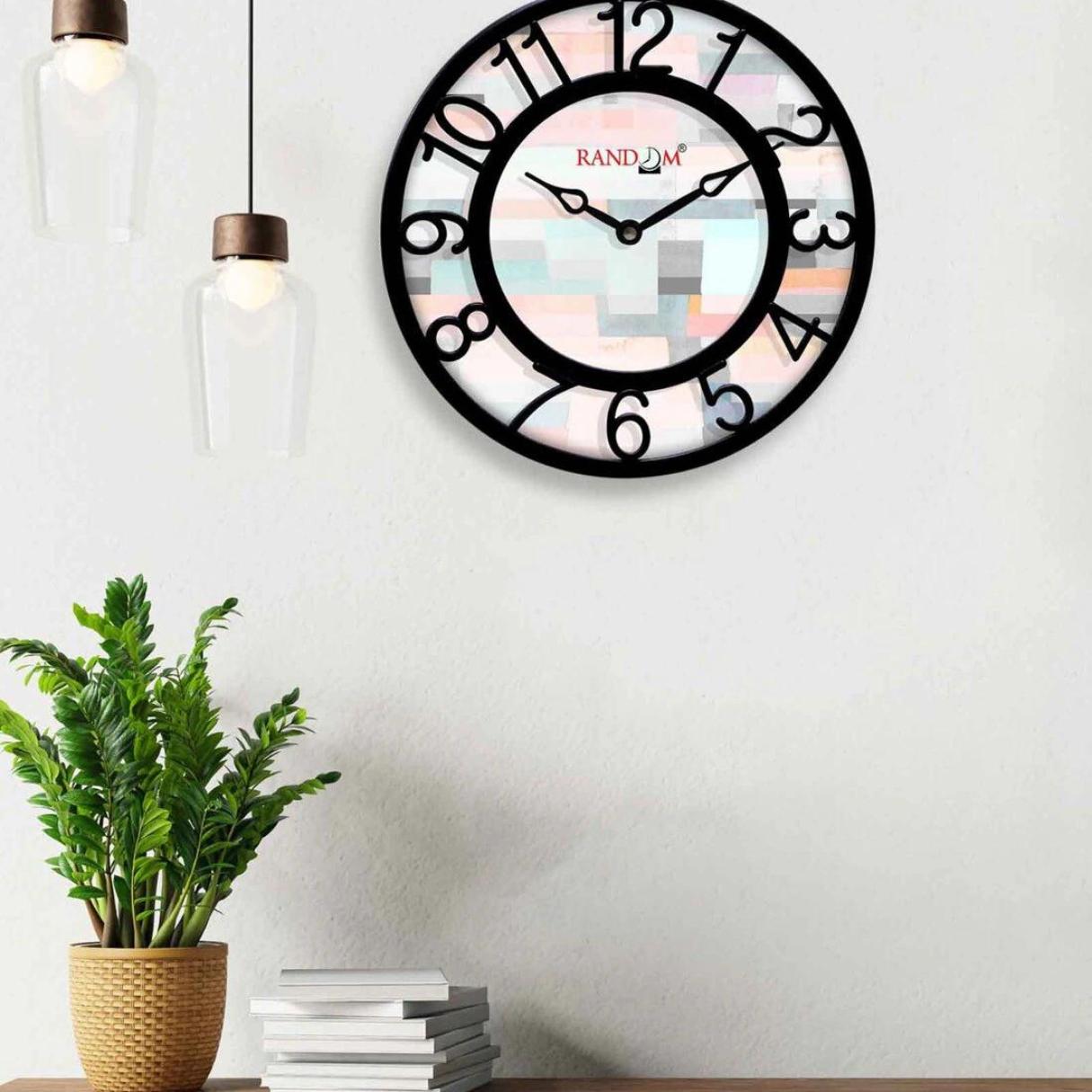
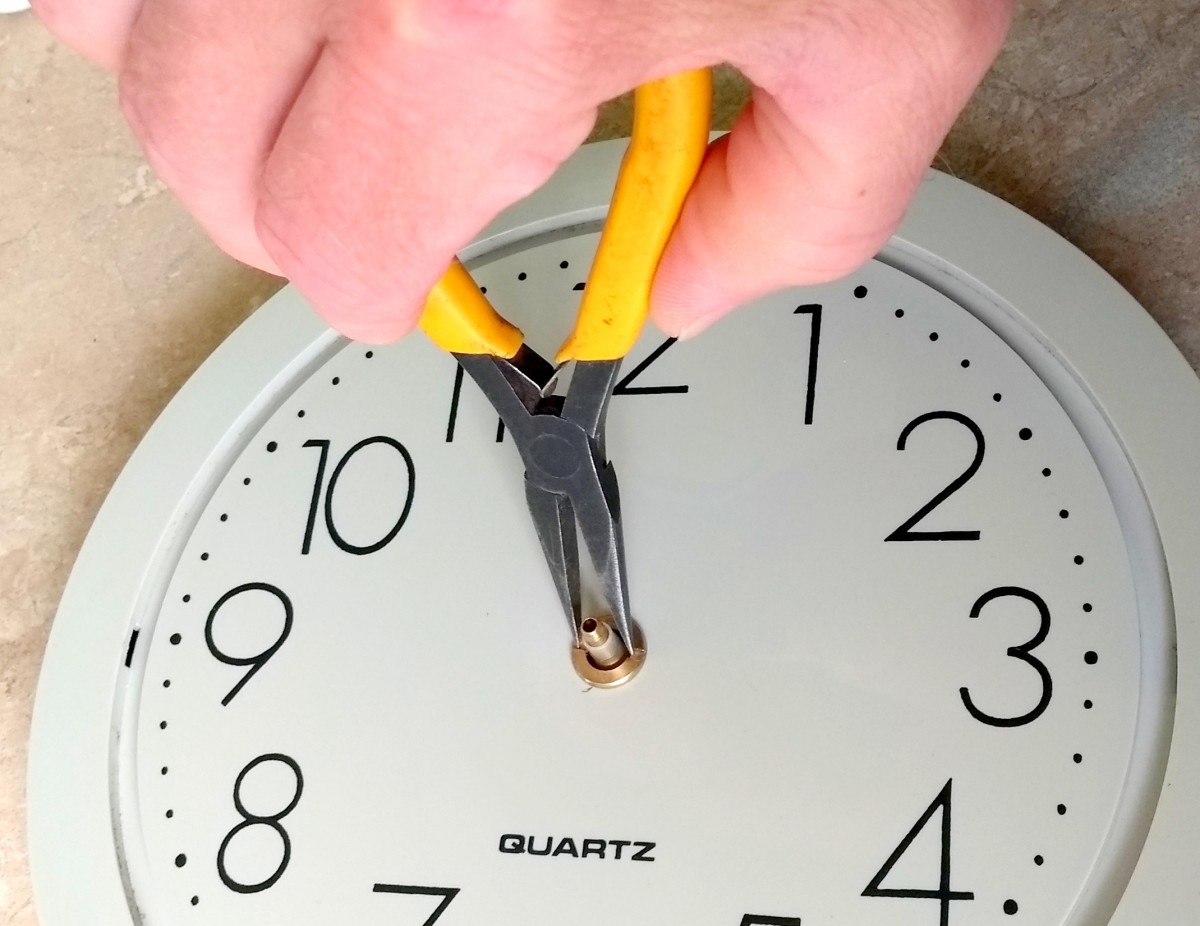
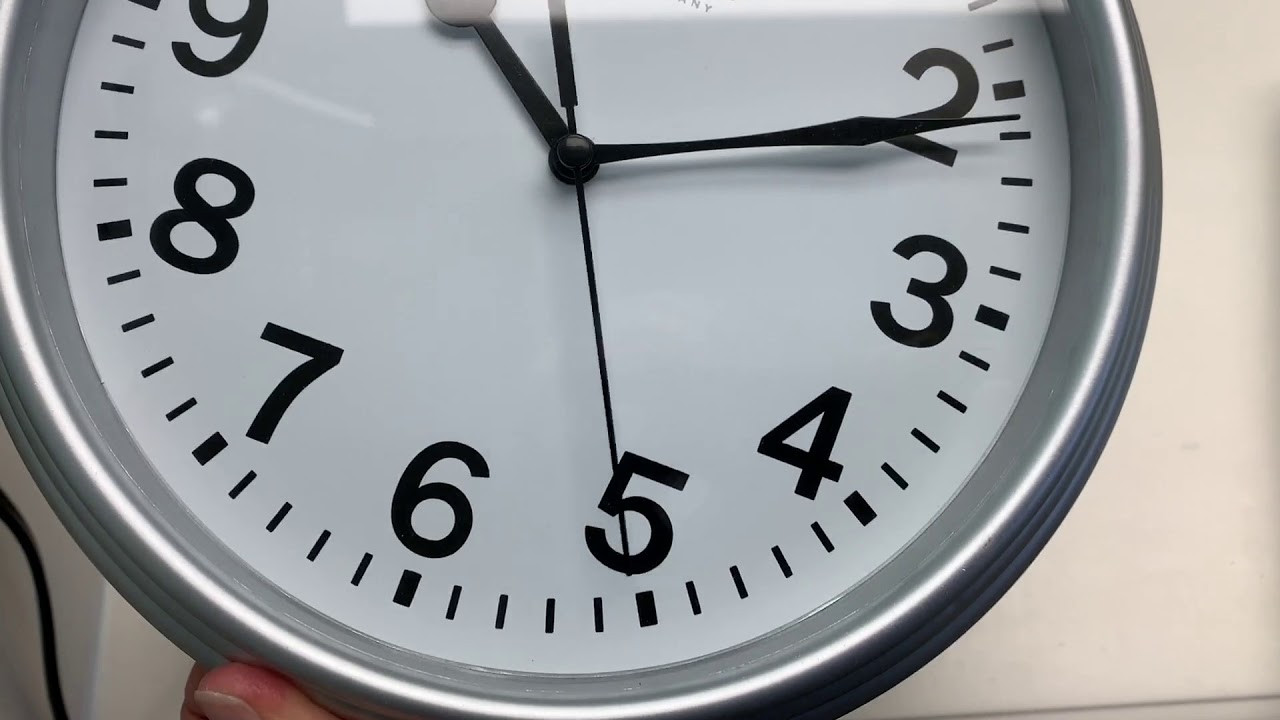


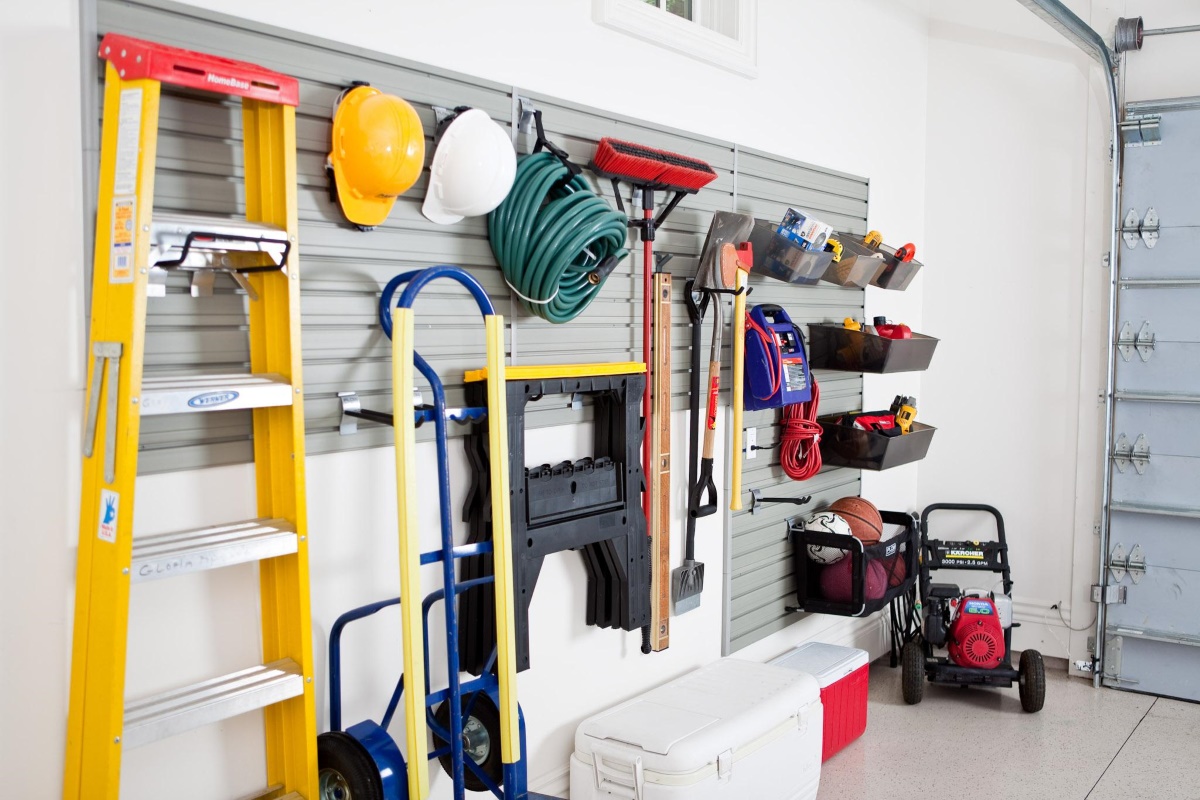

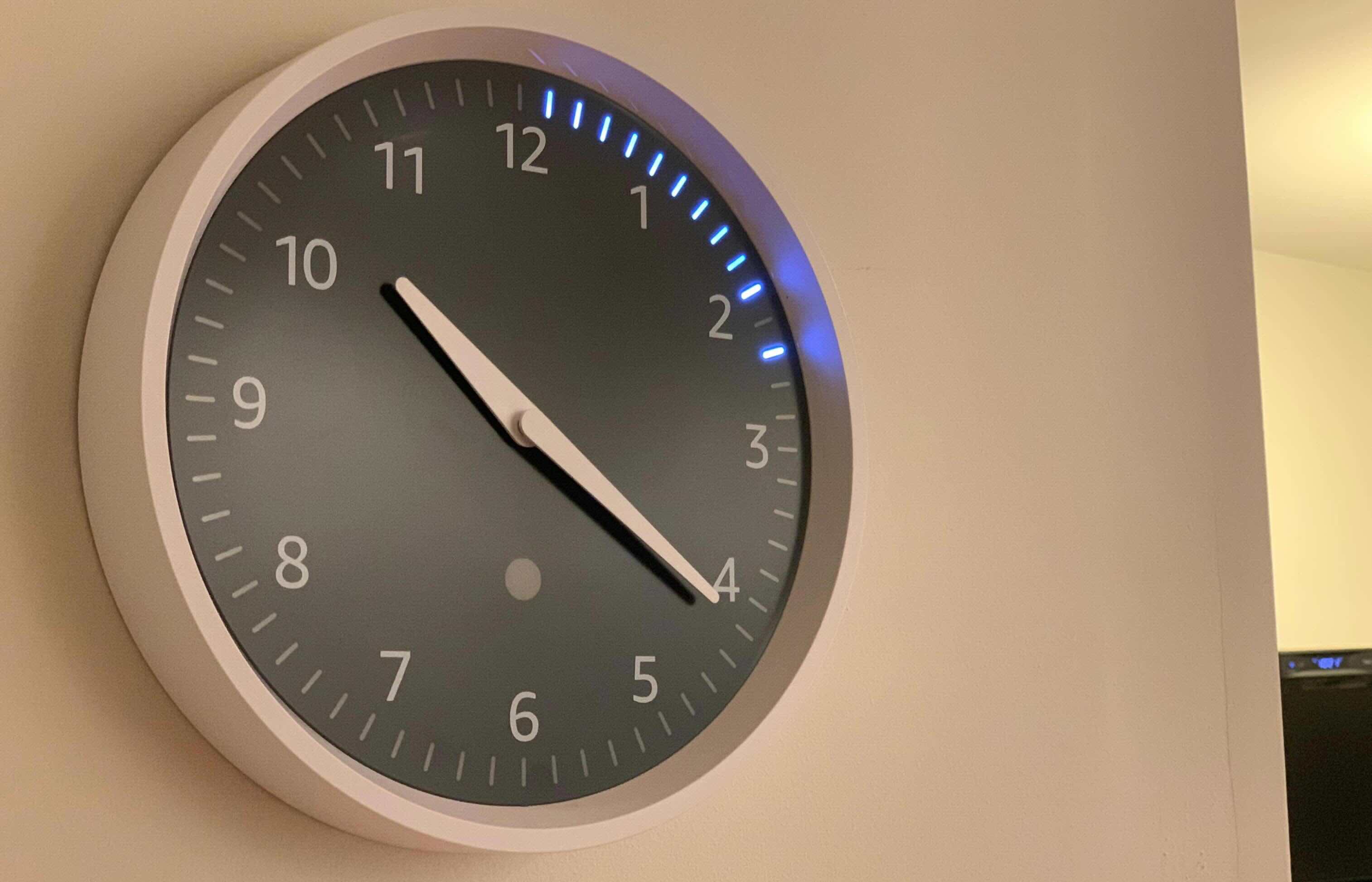


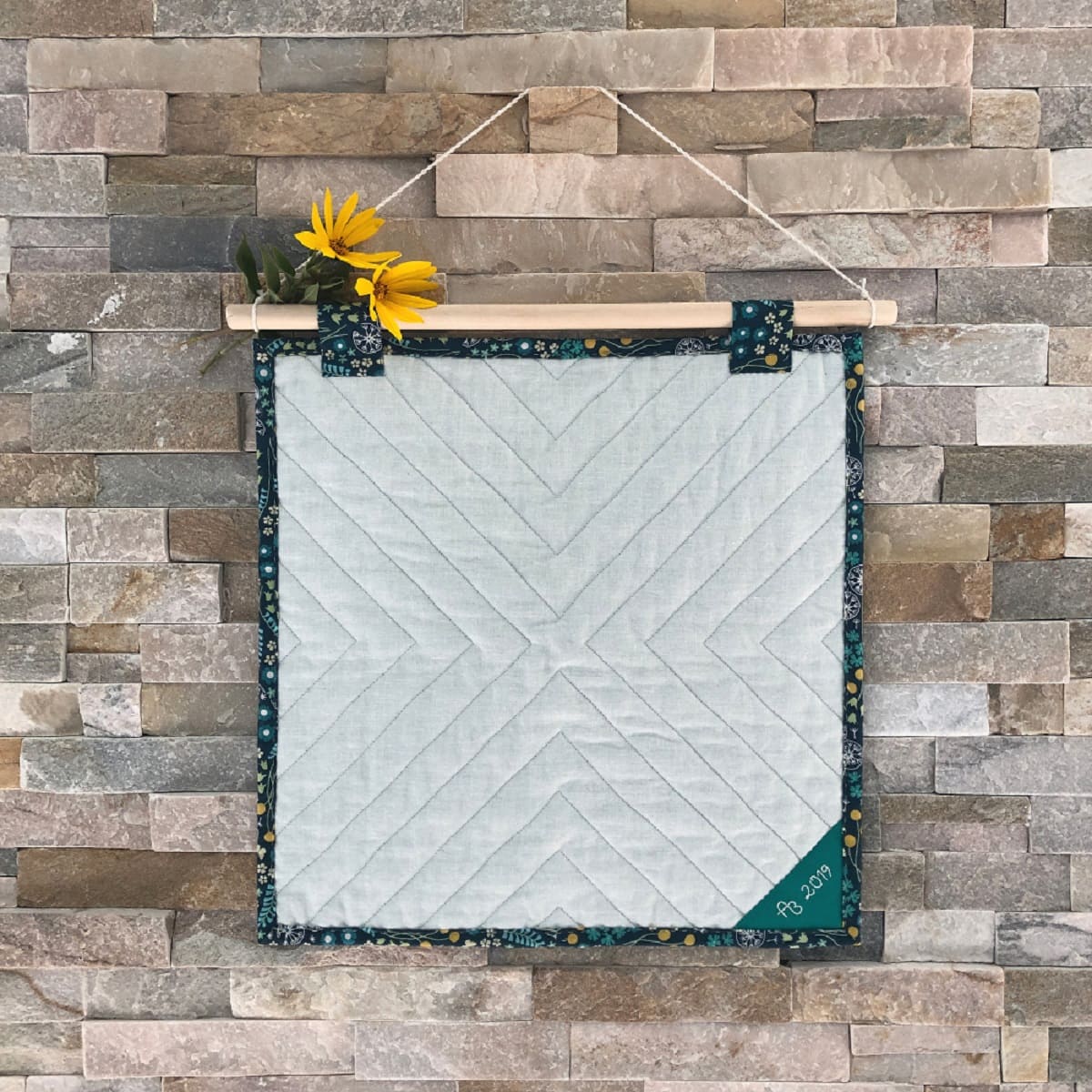

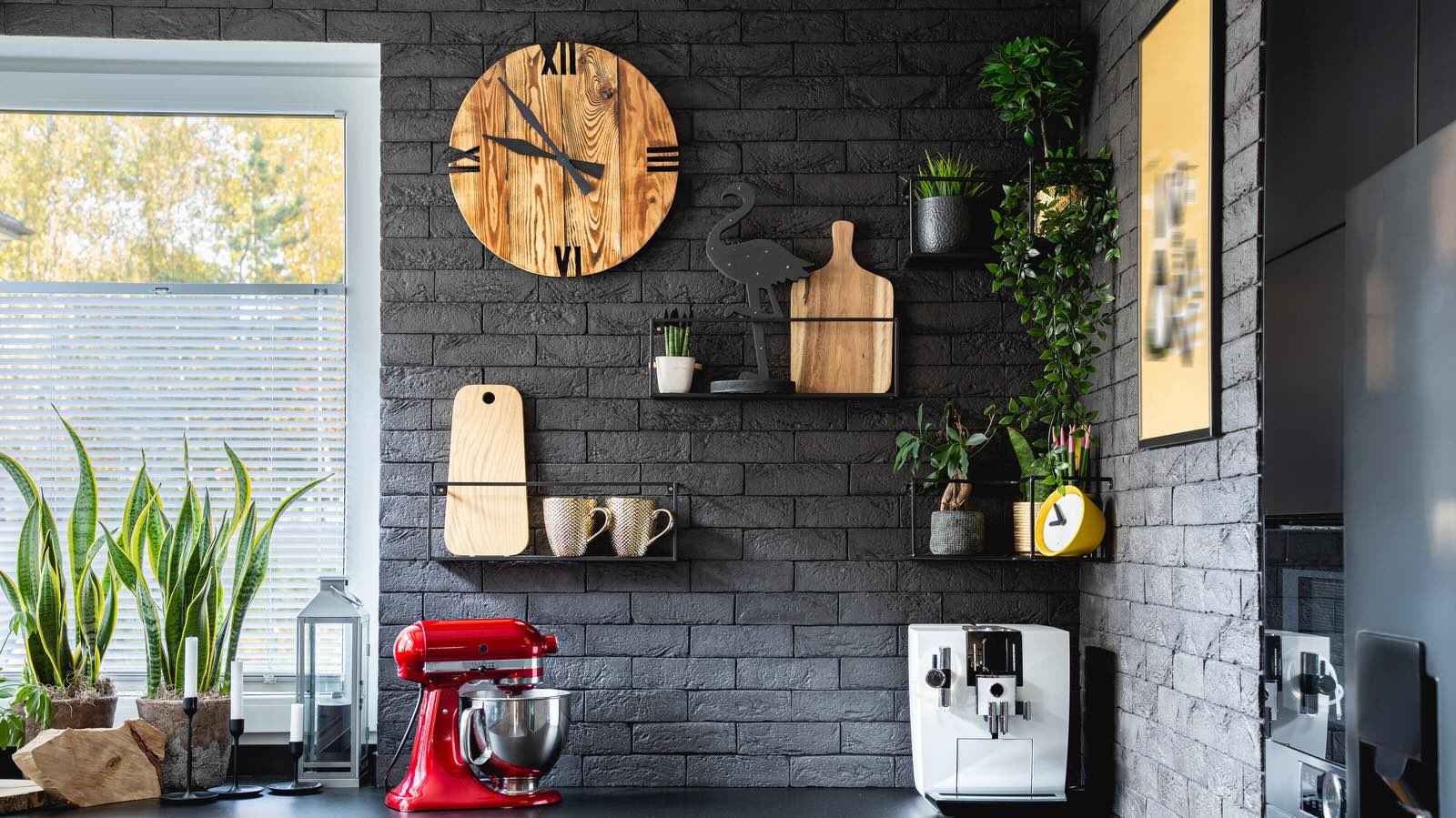

0 thoughts on “How To Hang A Wall Clock”